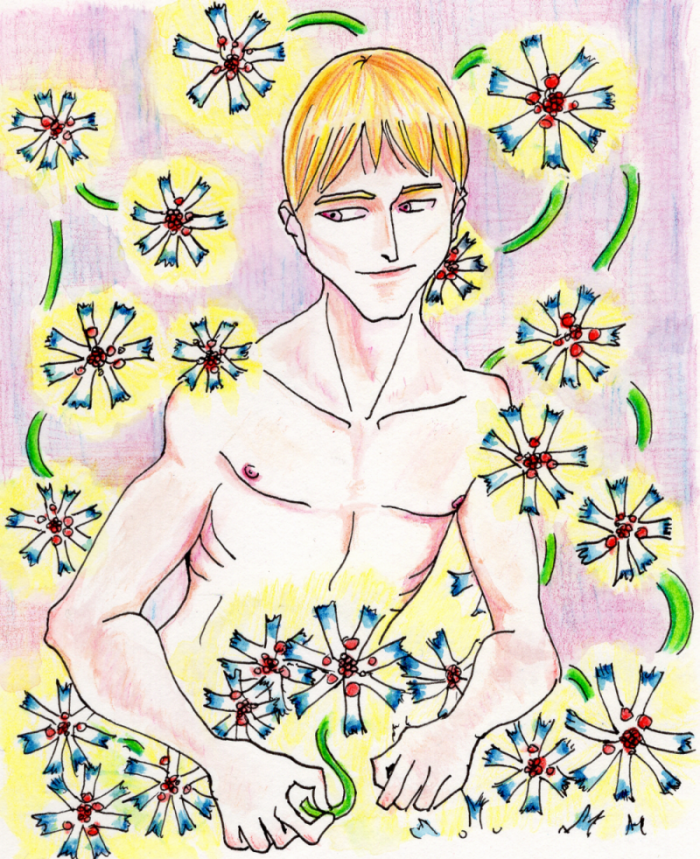

In 1984, Chanel captured the bold and irrepressible spirit of Coco Chanel in an olfactory tribute to her legend, Coco. In 2001, Chanel captured the bold and irrepressible spirit of a young Coco Chanel in an olfactory tribute to her legend, Coco Mademoiselle. In 2017, Parfums Chanel captured the bold and irrepressible spirit of an even younger Chanel in an olfactory tribute to her legend, Gabrielle. And now their backs are to the wall. Coco Chanel was already going by Coco in her early 20s. Gabrielle was her teenhood. There's nothing left to pay tribute to, unless Chanel is ready to debut a moms-and-babies scent. Which, you know what? They should. It worked for Bvlgari and Guerlain, It would work for Chanel, too.
Anyway, Gabrielle. In order to differentiate Gabrielle's story from Coco Mademoiselle's, the marketing emphasizes that Gabrielle is "the woman who would become Coco." I looked up who Coco was before she was Coco. She was shit-poor and got exploited for free labor in a convent until she was old enough to leave. Surviving childhood trauma is a great concept for a fragrance, but no fashion brand wants to invoke sweatshop imagery in case they still need the sweatshop labor. The commercial for Gabrielle represents Coco's past abstractly, with Kristen Stewart tearing bad sewing projects off her body and smashing through a wall of perfume bottles to stand naked in the dawn. Coco hated her childhood and lied about it every chance she got, so she might at least like the commercial. It's another lie to add to the collection. "Where did I grow up? I, uh, hatched from a cocoon of gauze bandages in a fireworks factory. It was cool, you shoulda' been there."
The juice itself also describes child abuse abstractly with a harsh, bracing grapefruit note that swamps Gabrielle for its entire duration on the skin. I like grapefruit and I don't resent perfumers for leaning on it when they want to convey youthfulness (whenever a fragrance is "sparkling", expect grapefruit). But this grapefruit in Gabrielle is extremely badly done. I could respect that it's tenacious since citrus generally isn't, but I won't. I will not marvel at this dancing bear. I would have vastly preferred a good, fleeting grapefruit. Then I could enjoy a good grapefruit scent and also get more of the drydown, which is what is best in Gabrielle.
Eventually, about an hour and a half in, the grapefruit becomes less bad and is joined by a mediocre blackcurrant note. It also now becomes possible to smell the floral notes. Promotional materials describe the floral part as an imaginary flower composed from aspects of orange blossom, jasmine, ylang-ylang, and tuberose. I love imaginary flowers. I made up a lot of my own. I wish perfumers would go into more detail about the flowers they imagine, with illustrations or renders to go with the fragrances they create. For Gabrielle, the flower could have played a role in the commercial. Missed opportunity. Also, I don't smell the composition as a single flower. I smell it as a composition.
The narrative doesn't matter, the florals do, and they're really good. The imaginary flower accord is silky, creamy, and powdery, and gives legs to the idea I floated earlier about a Chanel to share with babies. I think it's beautiful. If this was more of what Gabrielle was, I'd say I love Gabrielle. But I don't like waiting through an hour of bad grapefruit screaming at me to get at the good part. There are too many good perfumes out there that don't keep me waiting. I still might use up my bottle, though, because I dicovered a hack: Gabrielle wears really well on clothes.
I have a bottle of N°5 EdT. I compared it to Gabrielle, put 'em head to head. What Gabrielle is trying to do with grapefruit, N°5 already did much more competently with aldehydes. I don't see what about Gabrielle makes it more youthful than N°5 besides just being newer. Characterwise, N°5 is fresh, shimmering, and still - still! - unlike most of the perfumes in the mainstream market today. And we know the real Coco liked it. Maybe the tributes can stop now.
- 12/9/21